

.png)
High-performance concrete is changing the way we build. With enhanced strength, durability, and workability, it's becoming the go-to choice for engineers and developers working on demanding construction projects.
From bridges and tunnels to sleek commercial buildings, its versatility offers a reliable edge where traditional concrete may fall short. As more industries push for greater efficiency and sustainability, the shift towards smarter concrete solutions is accelerating.
Whether you’re building tall, building tough, or building to last, high-performance concrete offers serious advantages worth considering from the start.
High-performance concrete (HPC) is engineered to exceed the limitations of traditional concrete in key areas such as strength, durability, and workability.
Unlike standard mixes, HPC is designed with a refined combination of cement, aggregates, admixtures, and supplementary materials that improve its performance under challenging conditions.
It offers superior compressive and flexural strength, making it ideal for structures that require long spans, thinner elements, or high load capacity. What sets it apart is its resistance to cracking, moisture, chemical attack, and environmental wear.
Workability is also enhanced, allowing for easier placement and fewer surface defects. Measured through metrics like permeability, strength gain, and shrinkage control, HPC consistently delivers better long-term value for complex builds and demanding environments.

High-performance concrete does more than just hold a structure together. These key benefits explain why it’s fast becoming the preferred choice for modern, demanding construction projects:
HPC delivers higher compressive and flexural strength compared to traditional mixes. This allows for longer spans, reduced structural mass, and thinner profiles, making it ideal for high-rise buildings, bridges, and heavy-load industrial applications.
With better resistance to cracking, corrosion, and weather exposure, HPC outlasts standard concrete in harsh conditions. It lowers long-term maintenance needs, especially in coastal, high-traffic, or chemically exposed environments.
Its smooth, fluid mix is easier to pump, pour, and shape onsite. The improved consistency reduces segregation, helps achieve uniform placement, and results in cleaner finishes with minimal defects or surface corrections required afterwards.
Faster setting and curing times help accelerate project delivery. Improved flow and performance reduce rework and labour demands, which helps streamline construction schedules and reduce on-site delays.
HPC uses optimised mix designs that minimise waste and reduce resource consumption. It often includes recycled materials and offers a lower carbon footprint across the structure’s full life cycle.
High-performance mixes are more resistant to extreme heat and chemical attack. This makes them ideal for factories, tunnels, storage facilities, and any site requiring enhanced safety and long-term protection.
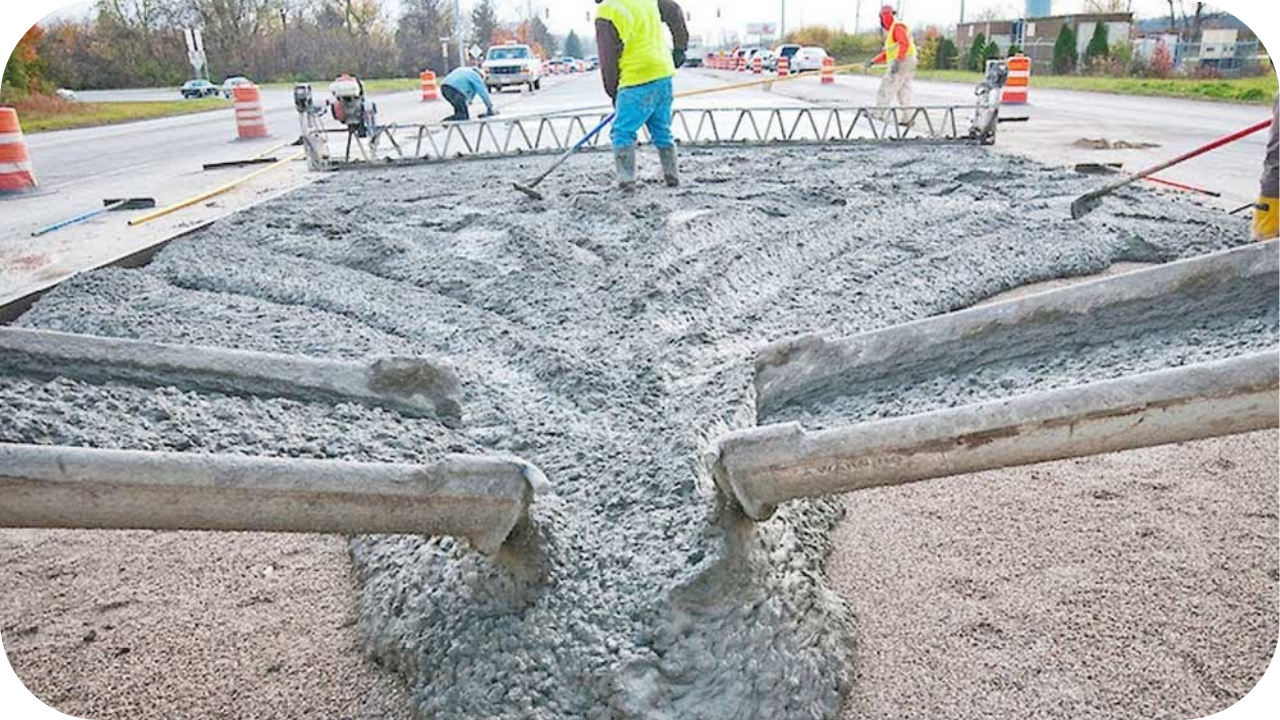
High-performance concrete isn’t just for large infrastructure. These are the key areas where its strength, durability, and efficiency make it a preferred choice in both public and private projects:
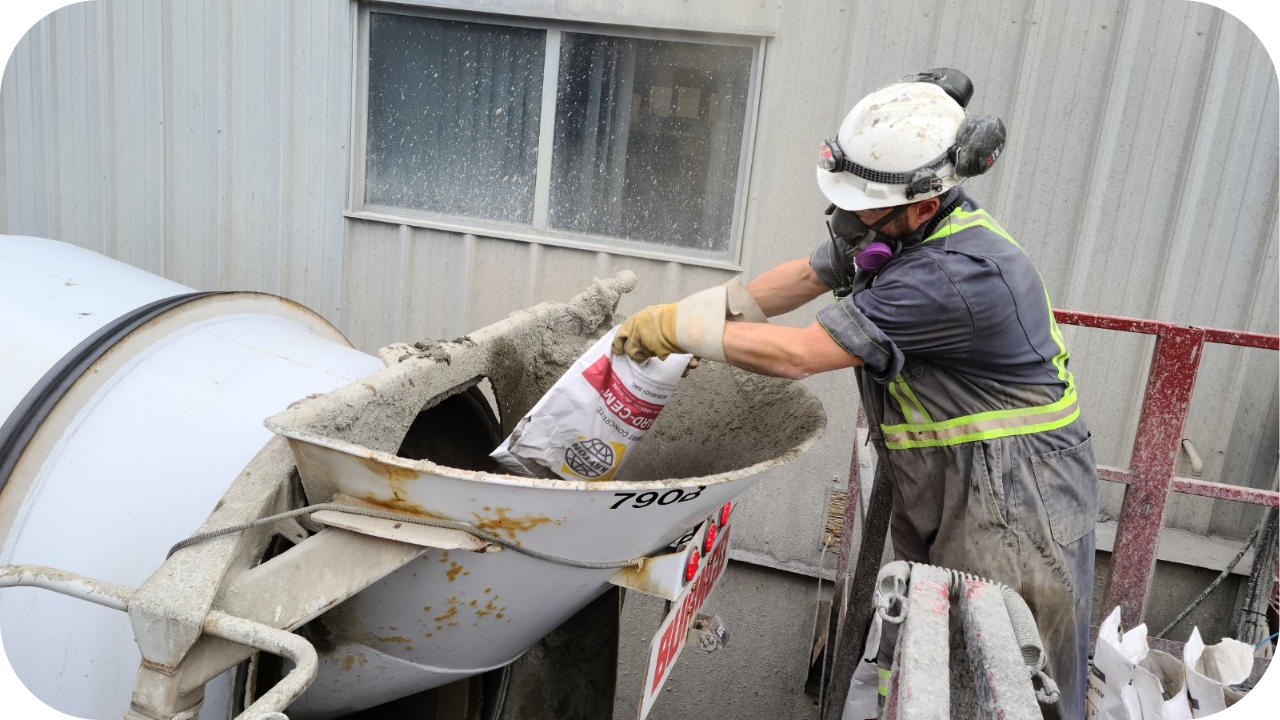
High-performance concrete offers significant advantages, but it also requires careful planning. These are the key considerations to keep in mind before deciding to use it on your project:
Although HPC provides long-term value, its specialised mix design and additives can increase initial costs. Budgeting should factor in this investment, especially when scaling for large volumes or complex, performance-critical builds.
HPC behaves differently from standard mixes and requires skilled professionals to place and cure it properly. Incorrect handling may affect workability, strength development, or surface finish, reducing the intended performance benefits.
Each project may require a unique blend of materials. Maintaining consistent quality involves lab testing, performance monitoring, and tight on-site controls to avoid variability that could impact strength, durability, or setting time.
When integrating HPC into existing buildings, verify compatibility with adjoining materials. Differences in thermal expansion, curing time, or strength may create bonding issues or stress points without the right preparation and planning.
Special admixtures or components used in HPC may require longer procurement lead times. Coordinating material delivery and on-site readiness is essential to prevent delays and ensure seamless, uninterrupted placement during construction.
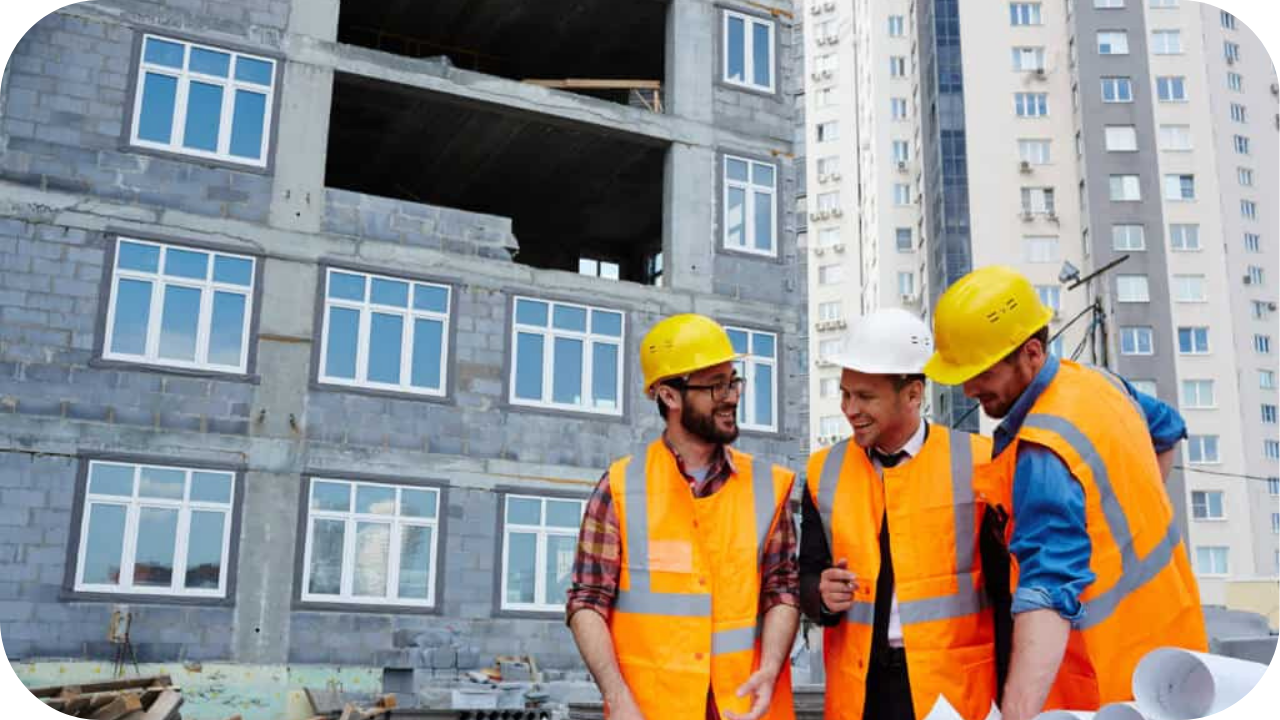
Modern construction demands more from materials. These are the key reasons builders and developers are increasingly choosing high-performance concrete over traditional alternatives:
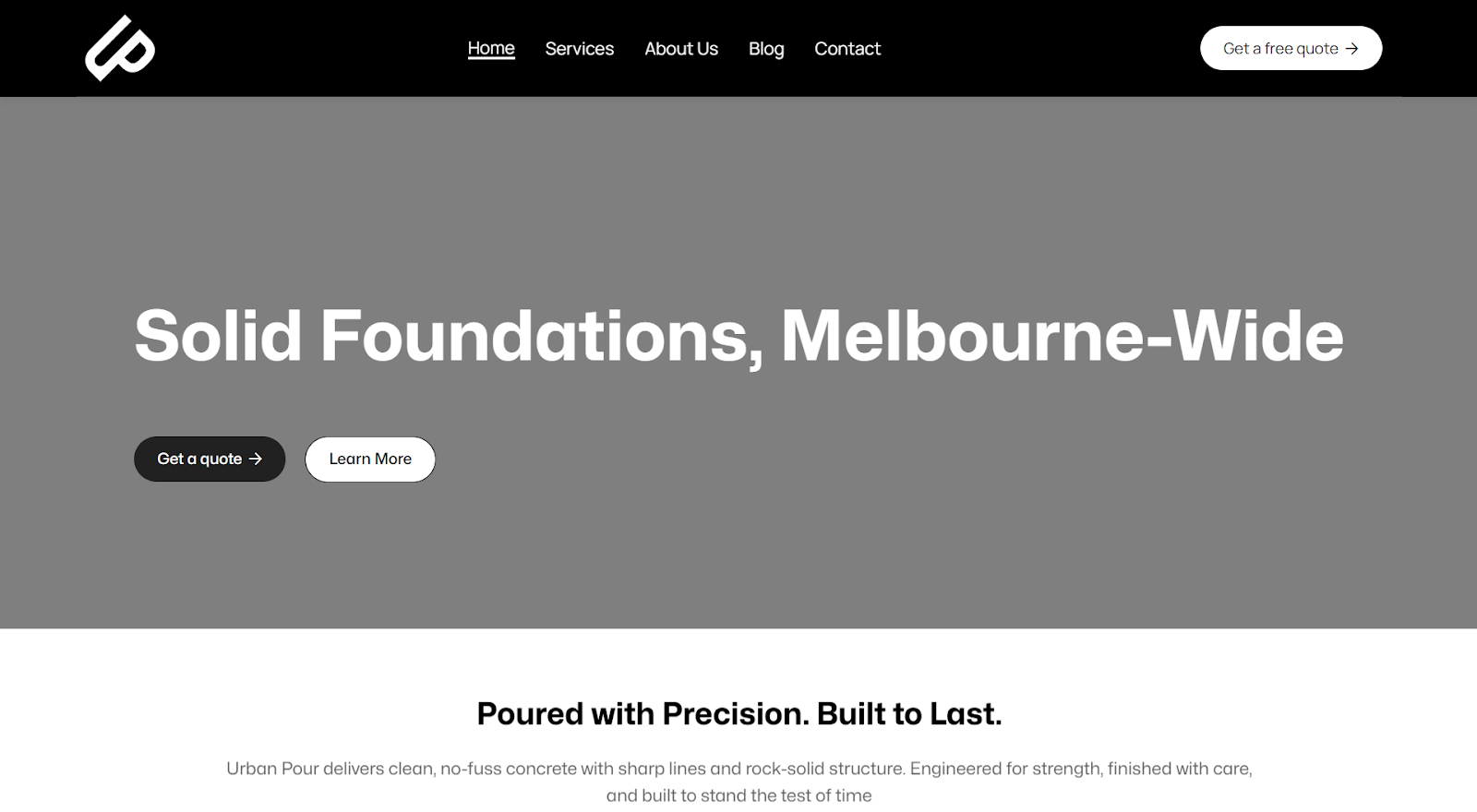
At Urban Pour, delivering high-performance results begins with a detailed understanding of each project's requirements. We collaborate with builders, engineers, and architects to develop mix designs that meet specific strength, durability, and workability goals.
Every mix is adjusted based on site conditions, load demands, and aesthetic expectations. Our experienced team oversees every stage of the process, from batching to placement and final curing, ensuring compliance with Australian Standards. We apply strict quality control on-site to guarantee consistency and performance across all applications.
Whether working on a high-rise core, a suspended slab, or a feature wall, our team ensures the result is structurally sound and visually precise. We also integrate sustainable practices by incorporating supplementary materials where appropriate and managing site waste responsibly.
Urban Pour is trusted for its clear communication, reliable service, and commitment to excellence. Our approach delivers not just better concrete, but better outcomes for the entire construction project.
High-performance concrete offers strength, durability, and efficiency that modern builds demand. Choosing the right team makes all the difference. Urban Pour provides expert guidance, tailored mix design, and premium results from start to finish.
Reach out to us today for reliable advice and high-performance solutions that add long-term value and confidence to your next construction project.
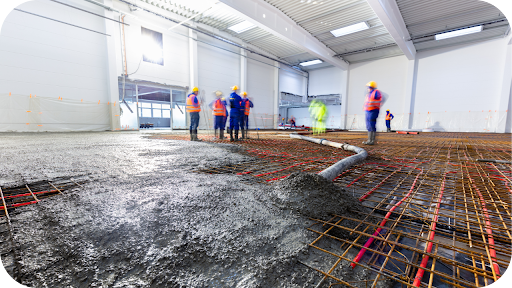
Choosing the right concrete contractor in Melbourne ensures strength, safety, and long-term value. Learn how Urban Pour delivers precision, quality, and trusted results on every project.
See more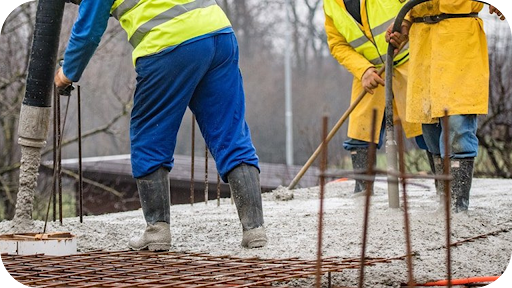
Concrete pumping gives Melbourne builders faster, cleaner, and safer pours. Learn why it’s the go-to method for efficient, high-quality concrete placement on any site.
See more
Residential concreting gives Melbourne homes lasting strength and modern appeal. From driveways to interiors, Urban Pour delivers durable, design-focused results built for beauty and longevity.
See more